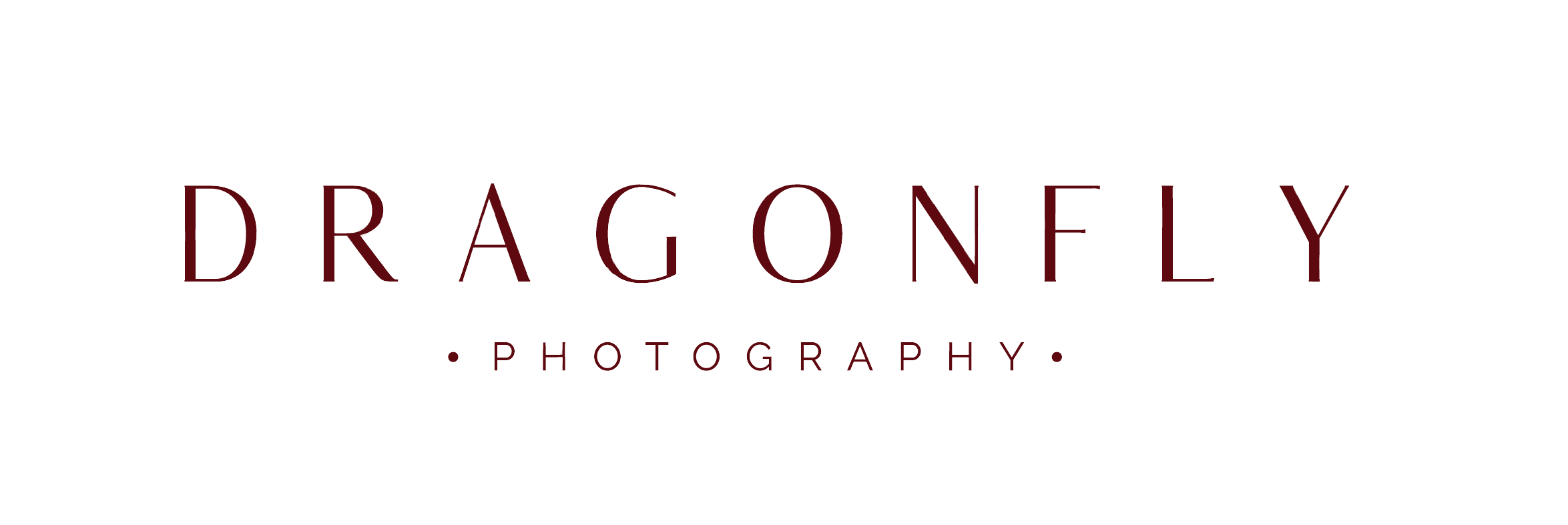Dragonfly Photography
Why You Can’t Be A “Natural Light” Wedding Photographer and Other Controversial Discussion Topics
I cringe when I hear someone say they’re a “natural light” photographer. Why? Because there was a point in my career where I said that too. Here’s what it meant to me:
Artificial lighting scares me, so I’ll prefer golden hour.
Don’t we all?
Before you throw this post in a Facebook group and start throwing stones at me, hear me out. I understand that may not be what every person means when they say that, but I do think that there is a gigantic struggle when it comes to photographers and their massive fear of, well, light.
Natural Light Wedding Photographers? Don’t do it
First of all, if you want to be a natural light photographer, more power to you. My concern is that I don’t believe you can be, a natural light wedding photographer. Why? Because sometimes the most stunning churches have orange carpets in their basement, the ballroom is so dark it’s hard to see your hand in front of your face, or the DJ has just broken out the disco ball and all the hot pink spots he can find.
As a wedding photographer, there are things you simply have zero control over. As a matter of fact, there are lots of things you have no control over. That’s the nature of the sport. Your job as the photo team is to be able to walk into any room, no matter what the carpet looks like, and immediately know how to handle it photographically. We’re preserving memories for years, generations.
We don’t have the luxury of saying, hmm, could you redo that moment… where the light is better?
Photography is math and light. It’s not about the “eye” as everyone wants to think it is, it’s truly about learning to see light properly. Here is one of the greatest revelations I have ever had as a photographer. I’m not kidding, it truly changed who I was as a photographer. Ready?
Light is light.
Yep. That beautiful golden hour that we all love? It actually can be recreated with artificial light. When you start to see light as LIGHT, you then recognize quality, placement, temperature, and reaction, as what you’re actually seeing. Things start changing in the way you recognize what’s happening. So although you could learn about light and how to work with it for years I want to give you a few basics to start with and encourage you to learn and grow in the most useful thing you’ll ever know in photography.
Look at their eyes
This tip can be used in so many ways but let’s start here. When you’re taking a portrait of someone what do their eyes look like? Can you see a catchlight reflecting within their eyes? A sparkle reflecting back towards you? Are there dark sunken circles under their eyes or do they pop? When you’re photographing people the face can reflect a lot of what’s happening around them but the eyes will tell the clearest and most important story of the placement and quality of light. Pay attention to it. When you’re walking through a mall, or down the street and seeing advertising… look at their eyes. Most of the time, you’ll be able to see the catchlights in the photos of where the lights were placed and how they lit the subjects. Study them, and think about why they did what they did.
Practice on a tree
A wedding day is not, I repeat not, the time to be practicing. Although your friends and family make for excellent subjects, chances are they’re probably going to rebel at some point too. A fun trick I learned years ago thanks to Roberto Valenzuela (he’s a great photographer in Los Angeles and a lighting master) is that a pine tree makes for a perfect practice subject. The downside is that granted you will definitely look like a crazy person, having a full-on portrait session with a tree in your front yard. The upside is that the tree is perfectly content for you to snap away and doesn’t complain as your little cousin does! 😉 The benefit of a pine tree is that it’s curved similarly to a human face and has divots, similar to noses and eyes. It’s a great way to see what the light does not just see the light. Take some time to really play with it and find out what a modifier does for a flash so you’re not just throwing a modifier on there because you’ve seen other photographers throw something on.
Know your geometry
So much about lighting is geometry. When you begin to understand that light generally looks good at certain angles you’ll notice that it almost always looks good at those angles and it becomes much less of a guessing game and much more of a science. Light from a 90 or 45-degree angle almost always looks good. A light that is coming from up high and angled down will almost always be more flattering (think selfie angle). You might want to use 90-degree lighting from a window to “split light” a subject (a groom for instance) for a strong masculine look. Whereas you can use a 90-degree light in a large room to show a more dramatic moment or highlight an emotion. Light tells a story, so when you know the story you want to tell or understand how you want to tell that story it’s a game changer.
Just a pop
One of the biggest mistakes I see people make when they’re first learning to work with light is that they use way too much of it. I don’t use artificial light all the time. If I have a natural golden hour, obviously I would much rather be living that life! It’s there for when it doesn’t work… when I need the light, it helps. When there is too much light, it helps. If you go to our portfolio right now, my hope is that you would have a really hard time telling which of our images were lit with artificial light and which weren’t. That’s to me, successfully using all types of light. I want you to see the story not how we told it.
Try this
Next time you’re setting up a photo and you’re going to add light to a scene. Dial in all of your settings without any extra light. So, set the scene just a little too dark, but as you’d want it. An example might be if you have a couple at sunset and you want that beautiful sky. Dial in the sky and everything around them exactly as you want it to look, with the settings within your camera. THEN add your light, just enough to get your couple (or your pine tree) to pop within that scene and match the settings within your camera. It’s magic.
Don’t be afraid to fail
One of the biggest issues with lighting is that people are just plain afraid to not be good at it. It’s scary and complicated. I’ve been a photographer for a long time, and one of the biggest secrets I can tell you about becoming a master at your craft is simply this: fail often. Try things, be terrible, and LEARN from them. It’s ok to make mistakes. Sometimes I think our culture where everything is an Instagram highlight reel tells us that we simply must have only beautiful things happening all the time but that’s just not been my experience. I have definitely learned more from epic failures than from golden-hour perfection. Although perfection is more fun. Try some lighting out and then send it to our team on Instagram @thedragonflyphoto we’d love to see what you’re working on and cheer you along!






